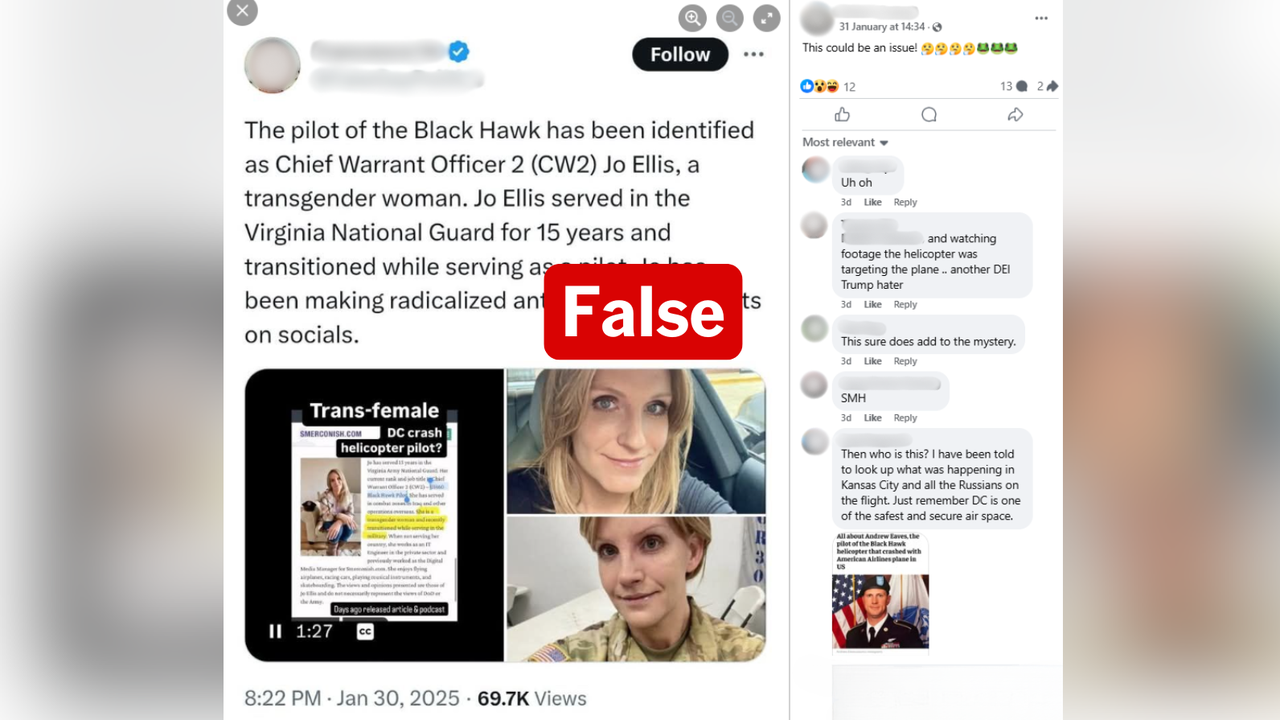WHAT WAS CLAIMED
Products that have zero toxicity and are not harmful won’t be approved as medicines.
OUR VERDICT
Misleading. Every substance on earth is toxic at some level, and medicines are approved in doses that are not toxic.
AAP FACTCHECK – Products must be deemed toxic to be approved by health regulators as medication, a social media user has claimed.
This is false. A level of toxicity is not a prerequisite for approval by regulators.
Nevertheless, experts told AAP FactCheck, all products are toxic at a certain level anyway.
The claim appears in a Facebook reel in which an Australian user talks about laboratory testing for medicines.
"You probably haven't heard of lethal dose 40," she says in the video.
"Lethal dose 40 or LD40 is the measure that indicates the dose of a substance that is lethal to 40 per cent of a test population, usually rats or mice, in drug testing.
"It's one of the prerequisites for the development and approval of prescription medications.
"So, a product that has zero toxicity and causes no harm will not get approval by regulatory bodies as a medication."
 The claim is made in a Facebook reel. (Facebook/AAP)
The claim is made in a Facebook reel. (Facebook/AAP)
AAP FactCheck contacted the user and asked for clarification and for evidence to support the claim. The user did not respond.
Lethal dose 40 and, more commonly, lethal dose 50 (LD50) are experiments used in toxicology to find the dose that would kill 40 or 50 per cent of animal test populations (usually rats and mice).
A spokesperson from Australia's medicine regulatory agency, the Therapeutic Goods Administration (TGA), told AAP FactCheck not only is toxicity not a minimum requirement but LD levels have no regulatory value for medicines.
"All substances, whether they are used in medicines or not, can cause harm," the spokesperson said.
"However, medicines can be used safely if consumers follow the instructions on the label or the directions of their healthcare professional."
According to the TGA, LD values, which are usually expressed as mg/kg bodyweight of a substance given in a very short period, are one way to indicate the acute toxicity of substances.
However, they are not required by the agency.
"All substances can have an LD50 value – even water," the spokesperson added.
The TGA, like other international regulators, relies on a different value – the NOAEL (No Observed Adverse Effect Level) – for human medicines.
This value is the dose at which no adverse effect was detected in test animals after repeated administrations.
 Laboratory mice and rats are used for LD50 (or LD40) tests that determine toxicity. (AP PHOTO)
Laboratory mice and rats are used for LD50 (or LD40) tests that determine toxicity. (AP PHOTO)
It's extrapolated for use in humans after allowing for the variability between animals and humans.
Paul White, from Monash University's pharmaceutical sciences department, said the claim is based on a misunderstanding of LD levels by suggesting "that there could be a drug, or natural product for that matter, that has no toxicity".
"There is no such thing as 'a product that has zero toxicity and does no harm'," Professor White said.
"If the dose is high enough there will be toxicity for any administered substance – that includes oxygen!"
Prof White said first-year pharmacology students are taught the famous quote on the basic principle of toxicology from Swiss physician and chemist Paracelsus from 500 years ago: "All things are poison and nothing is without poison; only the dose makes a thing not a poison."
The Verdict
AAP FactCheck is an accredited member of the International Fact-Checking Network. To keep up with our latest fact checks, follow us on Facebook, Twitter and Instagram.












